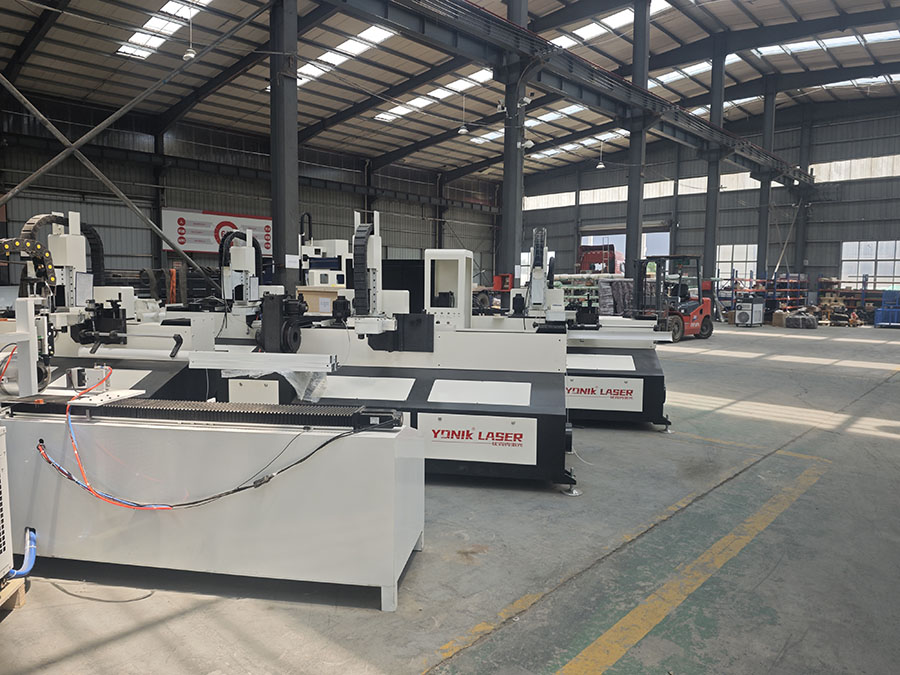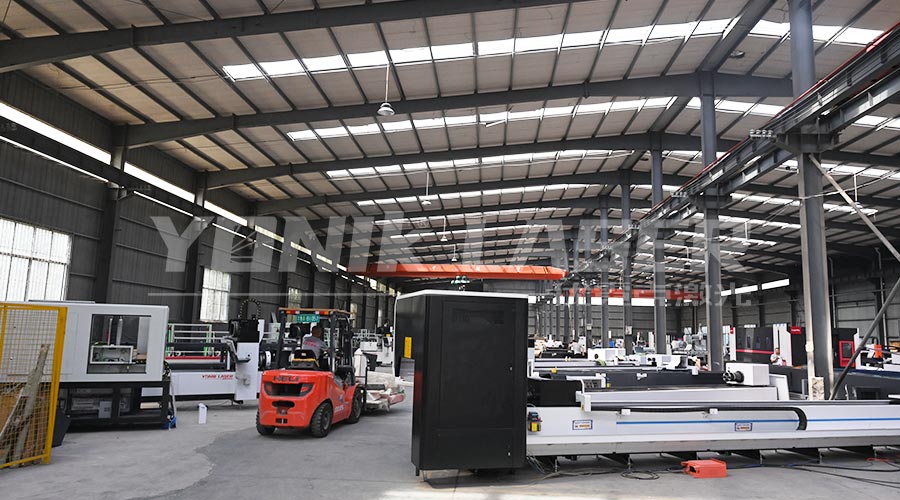In the era of intelligent manufacturing, laser cutting machines have become indispensable equipment in metal processing due to their precision and efficiency. However, challenges such as fumes, metal particles, and hazardous gases generated during cutting operations persist, affecting equipment lifespan, operator health, and even posing explosion risks. Optimizing dust removal systems and systematically improving the cutting environment have emerged as critical priorities for enterprises to balance productivity, safety, and sustainability.

Core Components and Pain Points of Dust Removal Systems
A typical laser cutting dust removal system comprises suction devices, filtration units, fan systems, and exhaust ducts. During cutting, high-temperature fumes are captured by suction hoods, transported through ducts to filters for multi-stage purification, and discharged by fans. However, three common issues hinder performance:
Low Capture Efficiency: Traditional suction hoods fail to adapt to the dynamic movement of cutting heads, leading to fume leakage.
Inadequate Filtration: Improper filter media selection or poor maintenance allows fine particles to penetrate or causes clogging.
High Energy Consumption: Fans operating at full capacity increase costs and reduce equipment lifespan.
These challenges stem from systems designed without considering the dynamic nature of laser cutting, such as variable fume generation across material thicknesses. Traditional fixed-speed fans cannot adjust airflow, creating conflicts between capture efficiency and energy use.
Dust Removal System Optimization: From Hardware Upgrades to Intelligent Control
Innovative Suction Device Design
Follow-up dust hoods equipped with sensors track cutting head movement in real time, adjusting suction angles and airflow automatically. A case study in automotive component manufacturing showed a 92% fume capture rate (up from 75%) and 30% lower fan energy consumption. Dual-stage suction designs (main hood + auxiliary side suction) further mitigate lateral particle dispersion, ideal for high-speed thin-sheet cutting.
Precision Filtration Unit Configuration
Filter media must balance efficiency and airflow. For stainless steel cutting, PTFE-coated filter cartridges reduce dust adhesion and extend cleaning intervals. Carbon steel applications require flame-retardant fiberglass filters. Pulse back-blowing dust cleaning systems, triggered by timers or pressure differentials, enable online filter regeneration, minimizing downtime.
Integration of Intelligent Control Systems
IoT-enabled dust removal systems dynamically adjust parameters using data from cutting software. By recognizing material types and thicknesses, they modulate fan speed and suction hood positioning. One enterprise reported a 45% reduction in energy use and doubled filter replacement intervals after adopting smart controls.
Systematic Strategies for Cutting Environment Improvement
Dust removal optimization must align with broader environmental management:
Airflow Organization: Install overhead supply air units to create vertical laminar flow, suppressing fume扩散.
Climate Control: Maintain 20–28°C temperature and 40–60% humidity to reduce oxidation-related fumes.
Operator Protection: Equip workers with positive-pressure suits and smart respirators with air quality monitoring.
Environmental Monitoring: Deploy dust sensors and gas analyzers linked to environmental management platforms for real-time alerts.
Industry Application Cases and Benefit Analysis
A heavy machinery enterprise in Jiangsu upgraded 12 laser cutters with follow-up hoods and smart controls:
PM2.5 levels dropped from 15mg/m³ to 3mg/m³.
Annual filter replacement costs fell by 60% (saving $40,000).
Equipment downtime reduced by 40%, adding 320 hours of annual production.
This demonstrates how systematic optimization delivers environmental and economic value.
Future Trends: Innovations in Green Cutting Technology
Material-Specific Solutions: Develop explosion-proof systems for low-melting-point metals like aluminum-magnesium alloys.
Energy Self-Sufficiency: Utilize cutting waste heat for filter regeneration.
Digital Integration: Link dust removal data with MES/ERP systems for carbon management.

Conclusion
Optimizing laser cutting dust removal systems and cutting environments requires technical upgrades and management innovation. Enterprises must shift from passive "end-of-pipe treatment" to holistic green cutting frameworks spanning equipment selection, system design, and maintenance. When laser beams operate in clean environments, it ensures product quality, protects worker health, and drives sustainable growth—a commitment to precision, safety, and the future of manufacturing.
2025-07-22
2025-07-21
2025-07-19